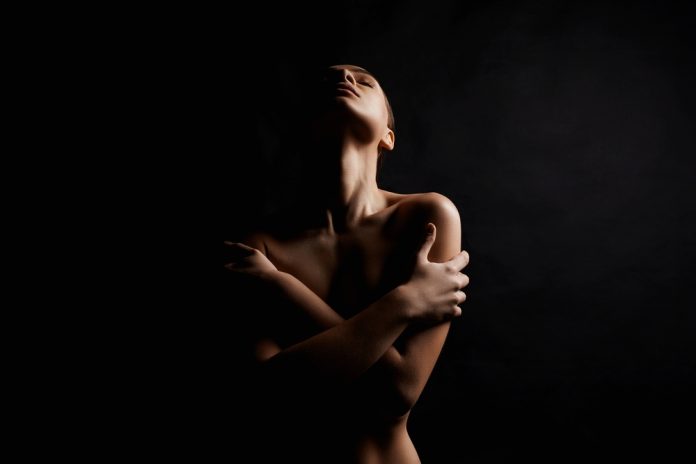Nude art photography has been part of the human creative story for centuries, long before the camera was even invented. In fact, some of the earliest art ever discovered, like the Venus of Willendorf (a tiny figurine carved around 28,000–25,000 B.C. discovered in what is now Austria), celebrates the human form in all its raw beauty. That’s over 25,000 years of humanity saying, “This is us — this is worth remembering.” That’s a long time! Whether through stone, paint, or pixels, the human body has remained one of art’s most compelling subjects.
But let’s be honest — while the results can be breathtaking, the process of creating nude photography is not something to approach casually. It’s a genre that demands far more than knowing your way around a camera. You’re asking someone to stand before your lens without barriers, and that level of vulnerability means you carry the responsibility of trust, respect, and ethical decision-making every step of the way.
With that in mind, this guide explores both the creative side and the ethical backbone of nude art photography. You’ll learn about composition, lighting, and storytelling, but also the legal, cultural, and interpersonal responsibilities that come with the territory. No matter if you’re a seasoned photographer looking to refine your approach or a newcomer curious about this art form, this guide will help you navigate the balance between artistry and integrity.
Table of Contents
- A Brief History of Nude Art Photography
- The Artistic Side of Nude Photography
- Ethics and Professionalism
- Legal Considerations
- Working with Models
- Post-Processing with Integrity
- Public Perception and Criticism
- Nude Art Photography is a Challenge, But Also Rewarding
- FAQ
A Brief History of Nude Art Photography
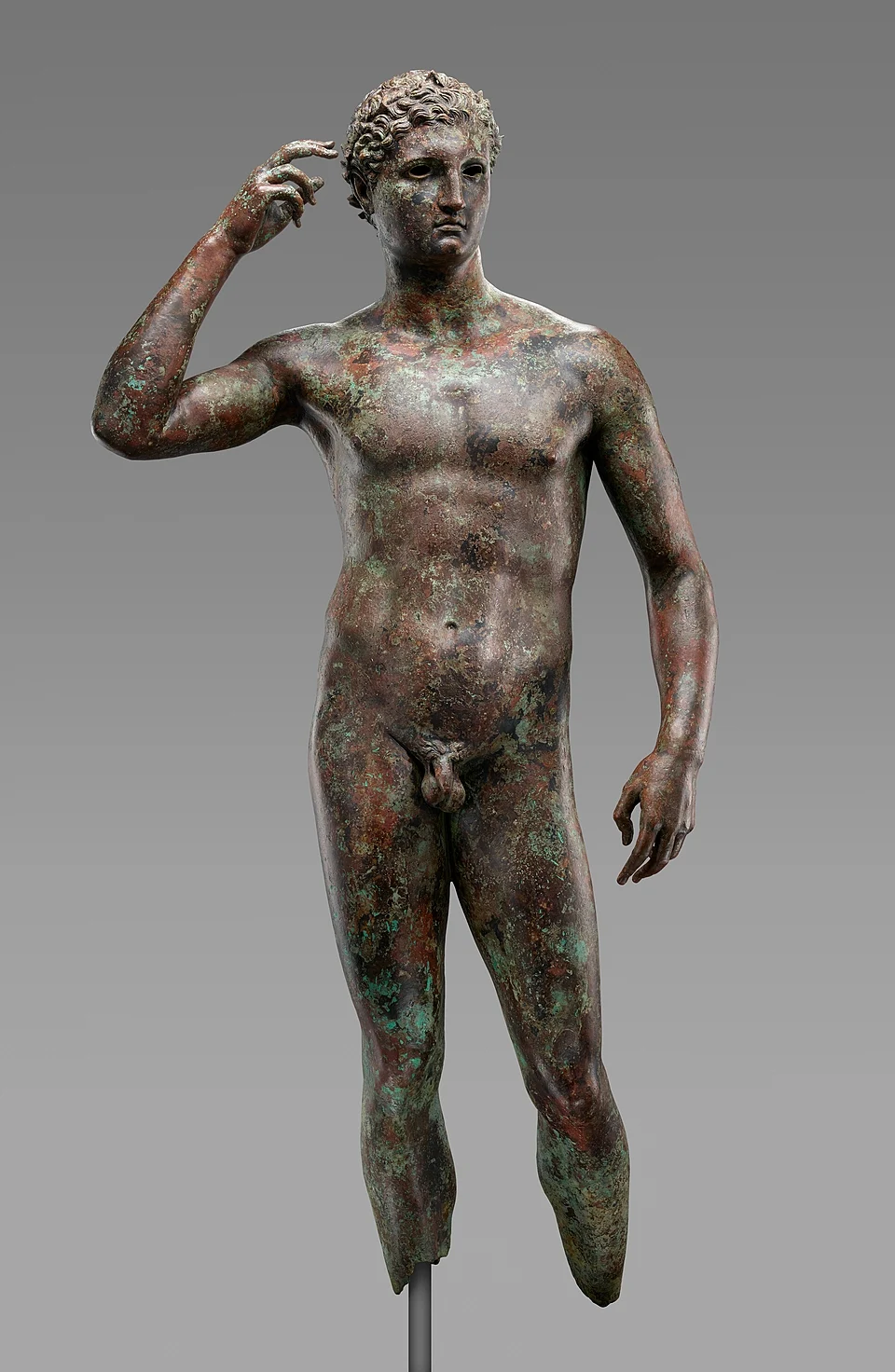
Possibly Lysippos, CC0, via Wikimedia Commons
The celebration of the nude form predates the invention of photography by thousands of years. In fact, the history of nude photography has its roots in Ancient Greek and Roman sculptures displayed the body as an emblem of strength, beauty, and human achievement. During the Renaissance, masters like Michelangelo and Botticelli redefined the nude figure as both an object of beauty and a vessel for storytelling. In many cultures, nudity in art was tied to ideals of purity, fertility, or divine beauty — not scandal.
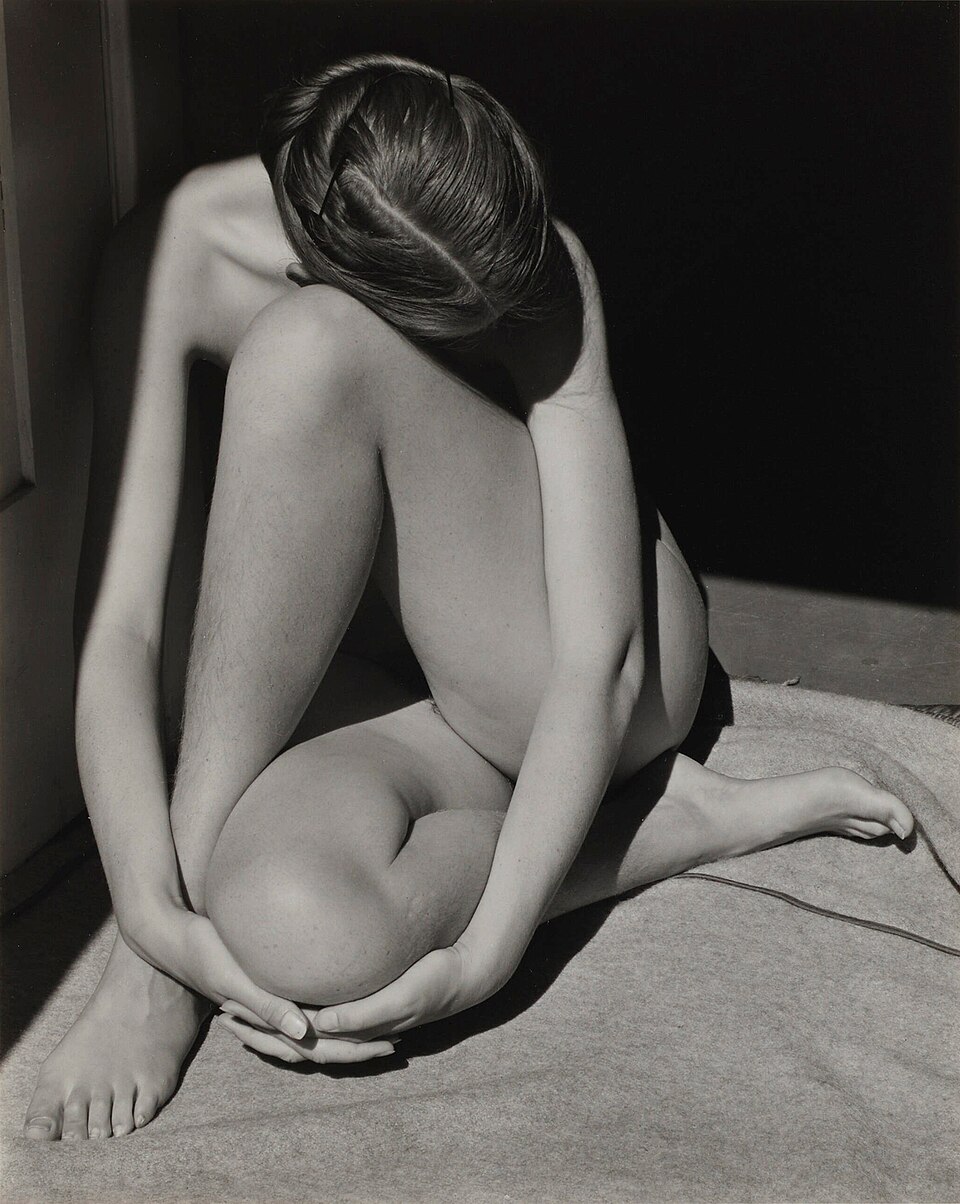
Edward Weston, Public domain, via Wikimedia Commons
When photography emerged in the 19th century, artists quickly recognized its potential to explore the human form. Pioneers like Edward Weston brought a sculptural approach to nude art photography, emphasizing light, form, and shadow. Imogen Cunningham’s work often balanced intimacy with abstraction, creating images that were both deeply personal and universally relatable.
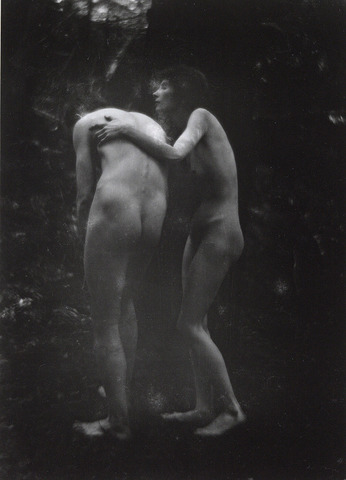
Imogen Cunningham, Public domain, via Wikimedia Commons
Throughout the 20th century, the genre navigated waves of censorship and liberation. The 1960s and 1970s saw more public acceptance of artistic nudity, partly fueled by the counterculture movement and an increased focus on personal freedom. Today, nude art photography encompasses a vast range of styles — from classical fine art prints to experimental digital compositions — and continues to challenge perceptions of beauty, vulnerability, and self-expression.
The Artistic Side of Nude Photography
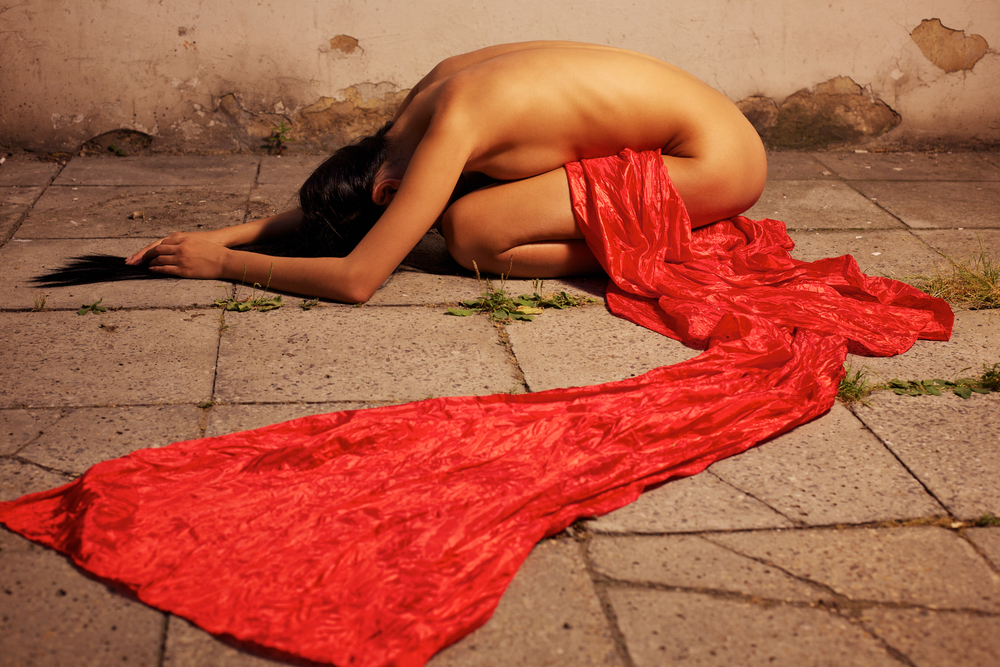
Photo by sergios via Shutterstock
At its core, nude art photography is about storytelling. Before you even take the camera out of the bag, ask yourself: what’s the narrative here? In nude art photography, intent is your compass. Are you examining light and shadow? Exploring the connection between humanity and nature? Celebrating the female form or male nude photography? Highlighting vulnerability, strength, or confidence? A clearly defined vision will influence every decision you make — from lens choice to posing.
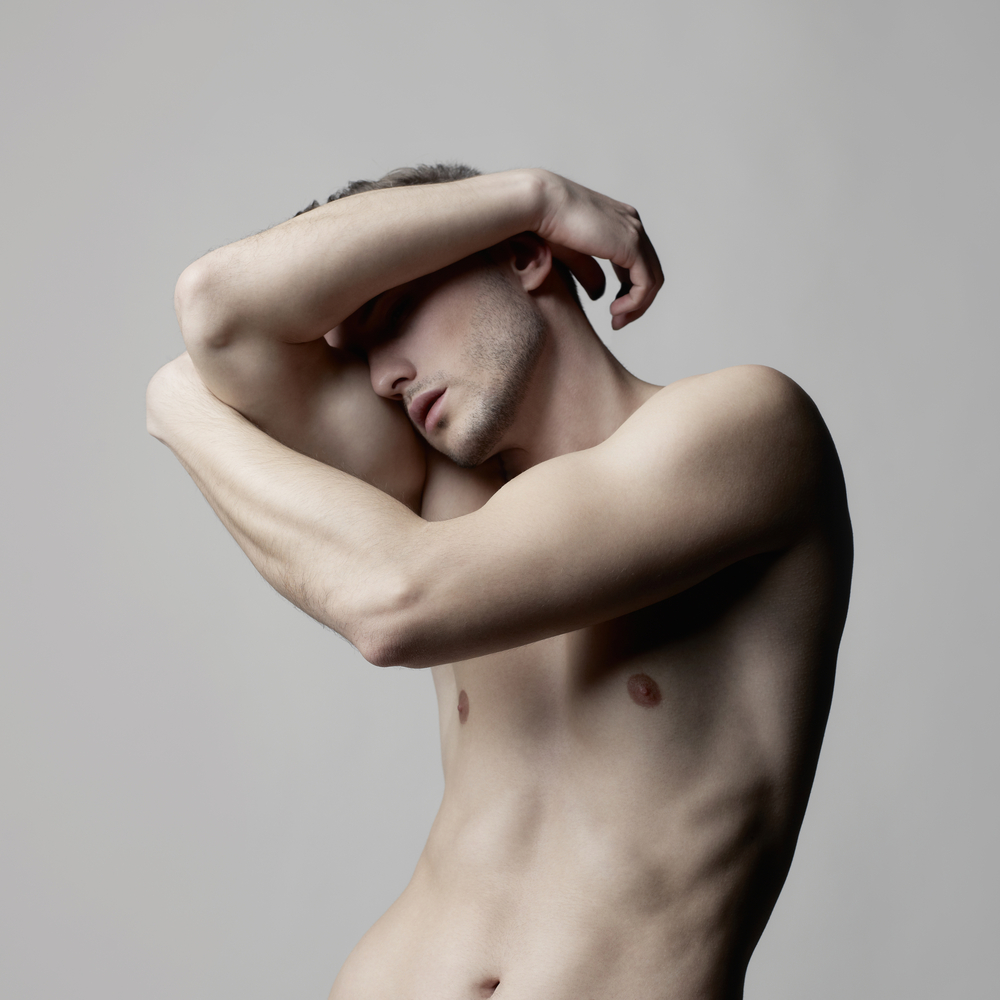
Photo by Egor Mayer via Shutterstock
Lighting plays an enormous role, too. Soft, diffused light (like from a large window on a cloudy day) creates intimacy, while harsh, directional light can sculpt dramatic contrasts. Using shadows creatively can add mystery and depth without revealing everything at once — an approach that often elevates the work from simple nudity to fine art. Experiment with different light modifiers: softboxes for even light, grids for controlled highlights, or reflectors for subtle fill.
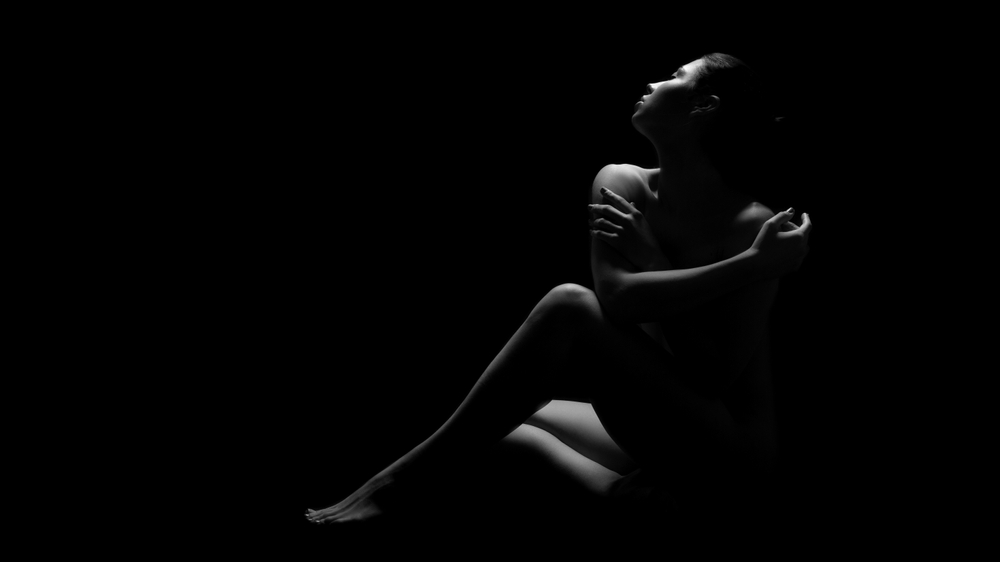
Photo by Prostock-studio via Shutterstock
Composition also matters. The human body has natural curves, lines, and symmetry that can be emphasized through framing. Consider using leading lines to guide the viewer’s gaze or experimenting with negative space to create a sense of isolation or openness. Minimalism can work well here — removing distractions allows the form itself to become the central visual language of the piece.
Don’t be afraid to step outside the studio. Outdoor nude art photography can connect the subject to natural textures like sand, water, or stone, adding another layer of storytelling. Just be sure you have the right permits and privacy to keep the shoot respectful and legal.
Ethics and Professionalism
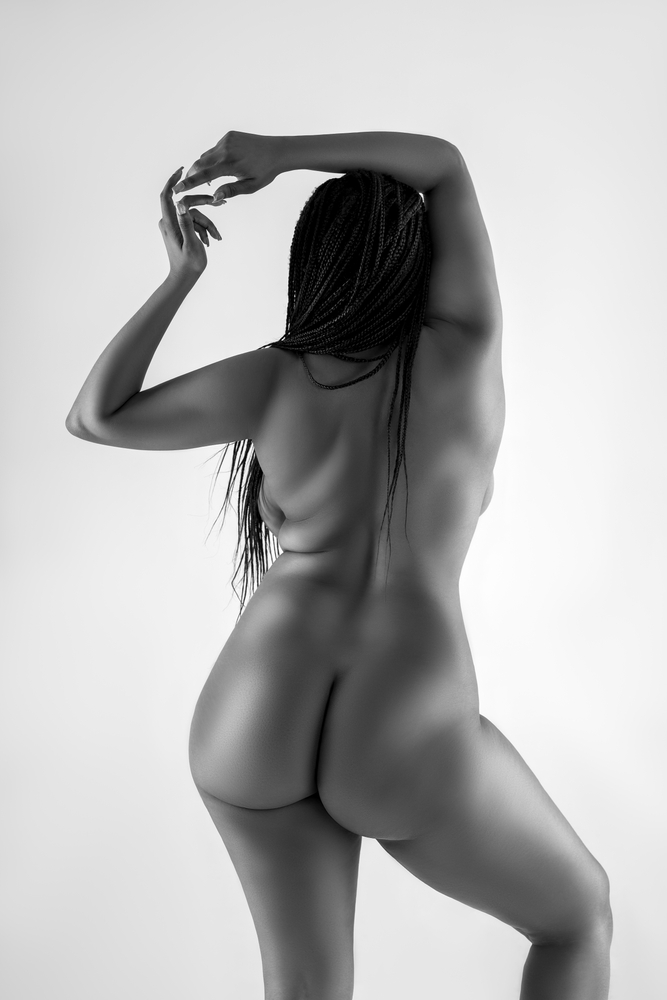
Photo by staras via Shutterstock
Nude art photography lives or dies on trust. Written consent via a model release is the baseline, but ongoing verbal check-ins during the shoot are just as important. You’re not just taking pictures — you’re creating an environment where the subject feels safe and respected. Think of yourself as a collaborator, not just a director.
Discuss boundaries well before the shoot. Is full nudity part of the plan? Will the images be abstract or literal? Are there body parts the model prefers not to be shown? When these conversations happen early, they prevent misunderstandings later. Some photographers create a written “shoot agreement” outlining these boundaries alongside the model release for extra clarity.
Maintain a professional set. Limit personnel, avoid unnecessary physical contact, and make sure everyone present understands their role in supporting the shoot’s respectful tone. Little things — like providing a robe or blanket for breaks — go a long way in building comfort and trust. Remember, professionalism isn’t just about avoiding mistakes; it’s about actively creating a positive experience for your subject.
Legal Considerations
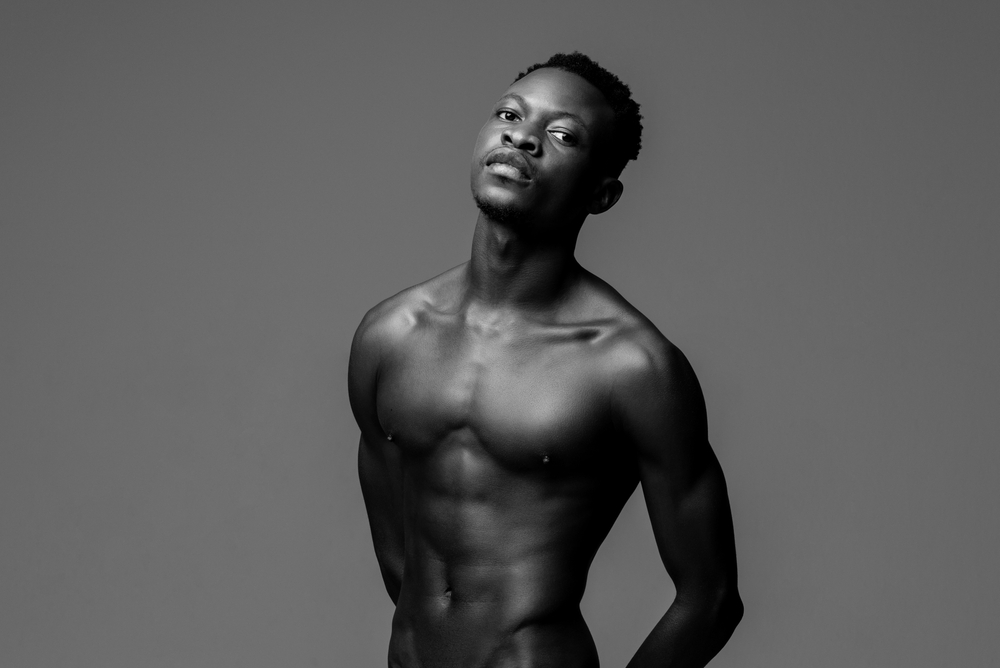
Photo by Atstock Productions via Shutterstock
While creativity knows no limits, the law absolutely does. Always verify that your models are of legal age and keep documentation stored securely. In the United States, 18 is the minimum age for nude modeling, and you must be able to prove it with a valid ID.
Local regulations can vary widely, especially for outdoor shoots. In some areas, public nudity — even for artistic purposes — can lead to fines or legal action. If you’re working in an unfamiliar location, consult local ordinances ahead of time. Some photographers secure permits for secluded locations or rent private properties to avoid issues.
Clarify usage rights. By default, photographers typically hold copyright, but contracts can alter this arrangement. Put all agreements about publishing, sharing, or selling images in writing. Be aware that some countries have strict rules about sharing nude images online, even when consensual and artistic.
Working with Models
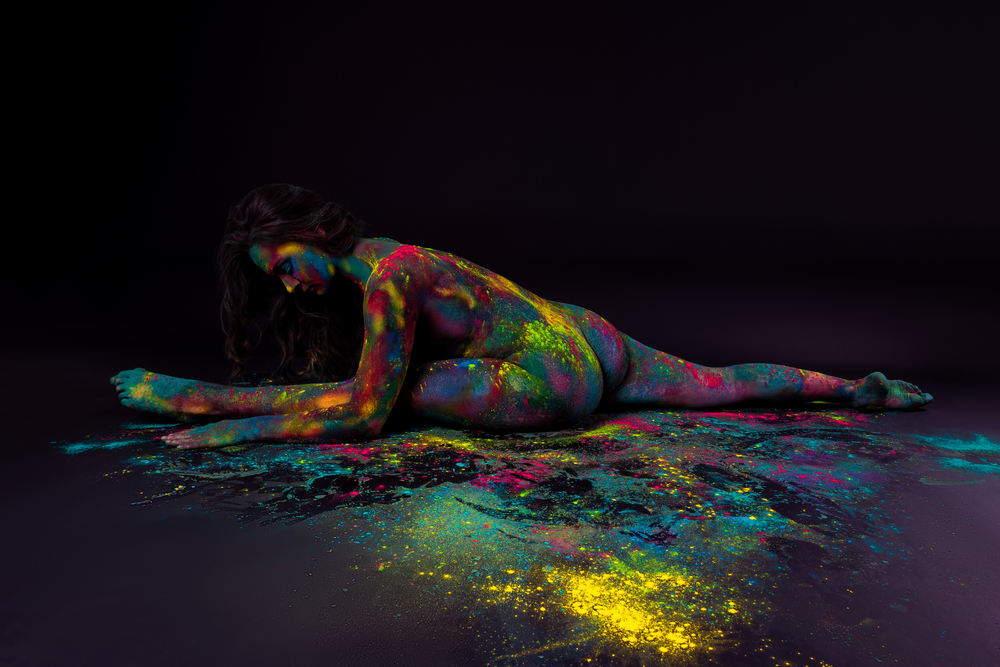
Photo by staras via Shutterstock
Choosing the right model can make or break a project. Whether you’re collaborating with an experienced nude art model or someone entirely new to the concept, the key is matching the right person to your vision. A model’s comfort level will directly affect the authenticity and quality of the work. Consider doing a clothed or partially clothed test shoot first to establish rapport.
Build rapport before shooting. Share your portfolio, discuss your creative goals, and encourage questions. Be transparent about your experience level with nude art photography — honesty helps establish trust. If you’re new to the genre, collaborating with a seasoned model can make the process smoother for both parties.
When directing, keep your language professional and focused on artistic elements — posture, angle, light — rather than making comments about the model’s body in a personal sense. Respectful guidance leads to better results and preserves trust. Reading body language is equally important; if a model seems tense or distracted, pause and check in before continuing.
Post-Processing with Integrity
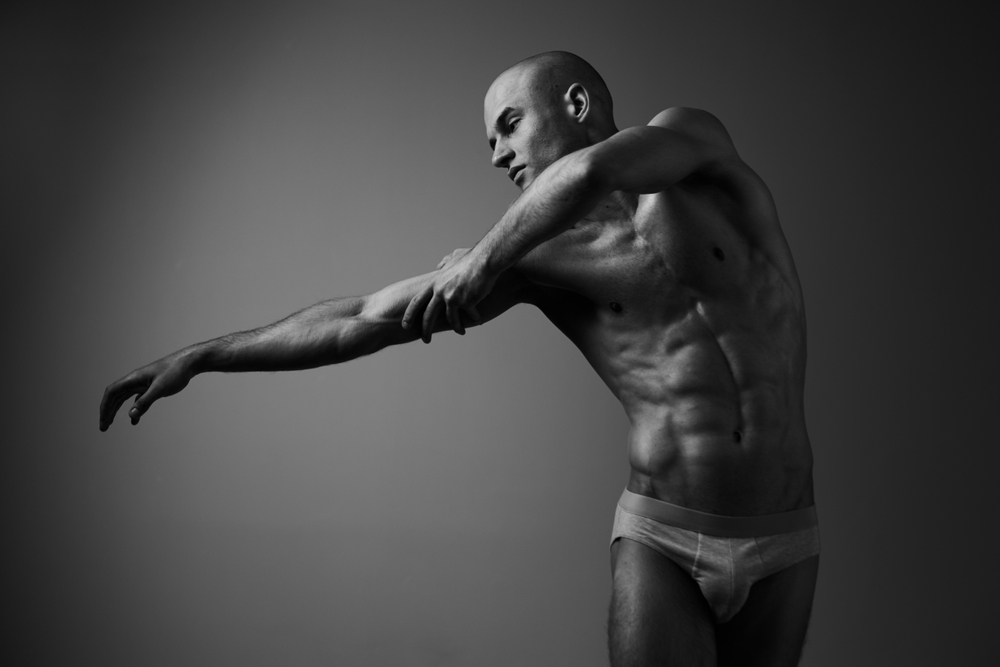
Photo by ShotPrime Studio via Shutterstock
Post-processing can enhance the mood of your work, but it should never betray the trust of your subject. Adjust lighting, tone, and texture to complement your artistic vision, but avoid altering a subject’s body in ways that were not agreed upon. If you do plan on more stylized edits — such as heavy color grading or compositing — discuss this before shooting.
Maintaining the emotional tone from the shoot in your editing helps the final image remain authentic. Whether you’re going for raw realism, soft romanticism, or stark abstraction, the final product should align with the promises and vision you set at the start. A good practice is to send proof images to your model before finalizing edits so they can provide feedback, especially on sensitive projects like nude art photography.
Public Perception and Criticism
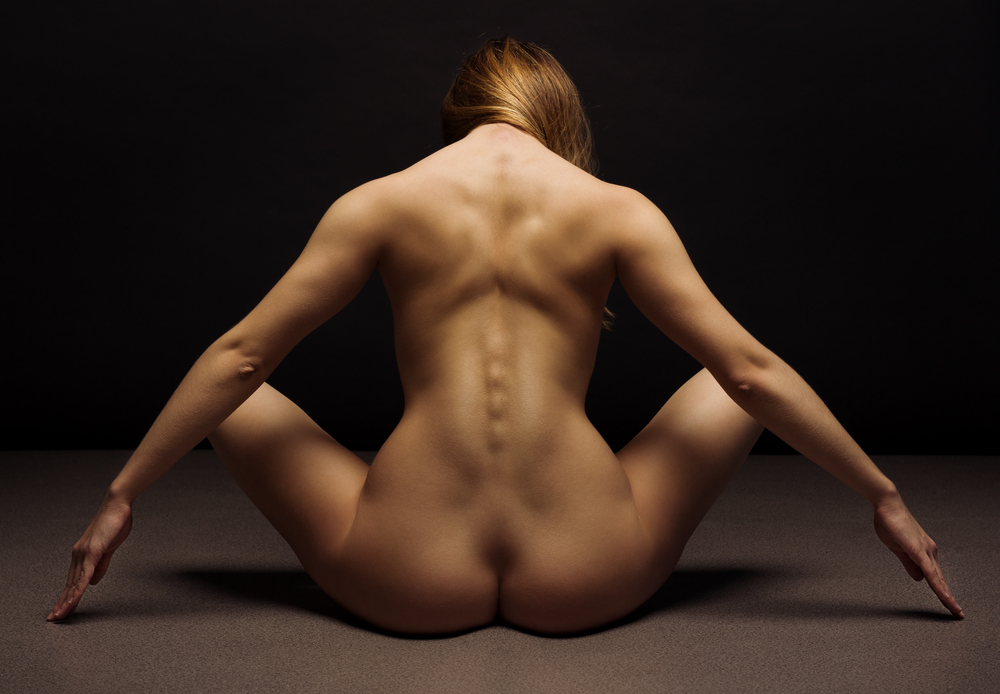
Photo by Belovodchenko Anton via Shutterstock
Even with careful intent and flawless execution, nude art photography often faces public misunderstanding. Some viewers may conflate it with explicit content. One way to counter this is by providing context — through artist statements, captions, or curated exhibits — that explains your creative purpose.
Presentation is everything. The same image that might cause controversy on a casual Instagram feed could be celebrated in a gallery when framed, lit, and contextualized appropriately. Think about the narrative you’re creating for your audience. Are they seeing this as part of a larger body of work or as a single, isolated image?
Criticism is inevitable in any form of art, but in nude art photography, it can be particularly polarized. Stand by your work if it’s created ethically and with artistic intent, but also listen to constructive feedback. Sometimes, understanding a viewer’s discomfort can inform how you approach future projects.
Nude Art Photography is a Challenge, But Also Rewarding
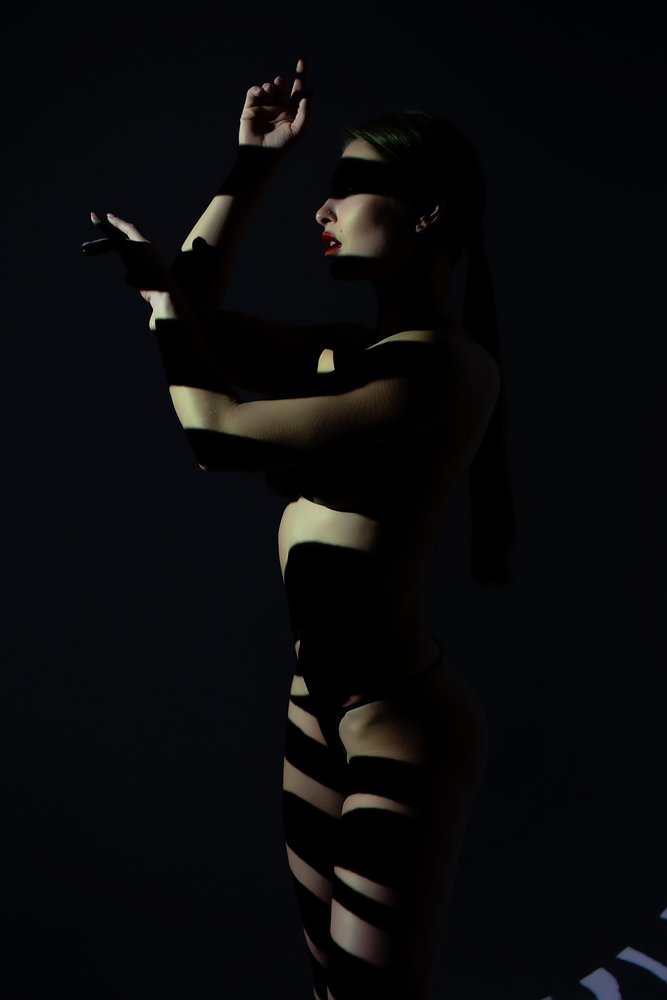
Photo by Vasilii Kireev via Shutterstock
Nude art photography is more than a photographic genre — it’s a practice in empathy, respect, and communication. When approached thoughtfully, it produces images that are not only visually stunning but deeply meaningful. Through the use of various nude art photography techniques, artists can capture the intricate beauty of the human form while conveying profound emotions and stories. These techniques often involve careful consideration of lighting, angles, and poses, which play a crucial role in creating a sense of intimacy and connection between the subject and the viewer. Ultimately, the artistry lies in balancing vulnerability and strength, celebrating the subject’s individuality while evoking universal themes of humanity.
At its best, it’s about humanity itself: the courage to be seen, the beauty in imperfection, and the timeless celebration of form. For photographers willing to balance artistry with ethics, nude photography offers some of the most rewarding creative experiences possible.
FAQ
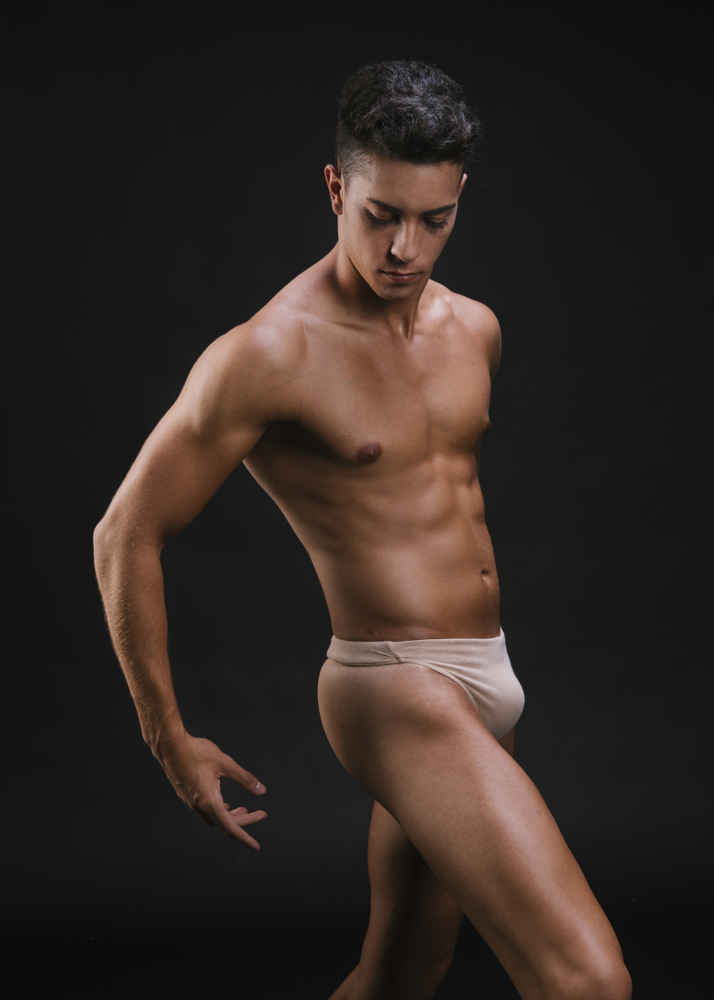
Photo by Solomka via Shutterstock
Is nude art photography legal?
Yes, provided all models are of legal age, consent is documented, and you follow local laws regarding nudity. Regulations vary by location, so always check before shooting.
Do I need a model release for nude art photography?
Absolutely. A signed release protects both you and the model, clarifying how images can be used and preventing disputes later.
How do I make my model feel comfortable?
Communicate openly, set clear boundaries, maintain professionalism, and create a private, respectful shooting environment. Comfort is key to authentic images.
Can I share nude art photography on social media?
Some platforms, like Instagram and Facebook, have strict rules against nudity, even for art. Check the platform’s guidelines before posting.
What’s the difference between nude art photography and explicit content?
Nude art focuses on artistic expression, storytelling, and form, while explicit content is intended for sexual stimulation. The difference lies in intent, execution, and presentation.
How can I find models for nude art photography?
Networking with other photographers, attending art community events, and using professional modeling platforms can help you connect with models who are open to artistic nude work. Always vet experience, comfort level, and reliability before committing to a shoot.
Hero photo by Eugene Partyzan via Shutterstock

